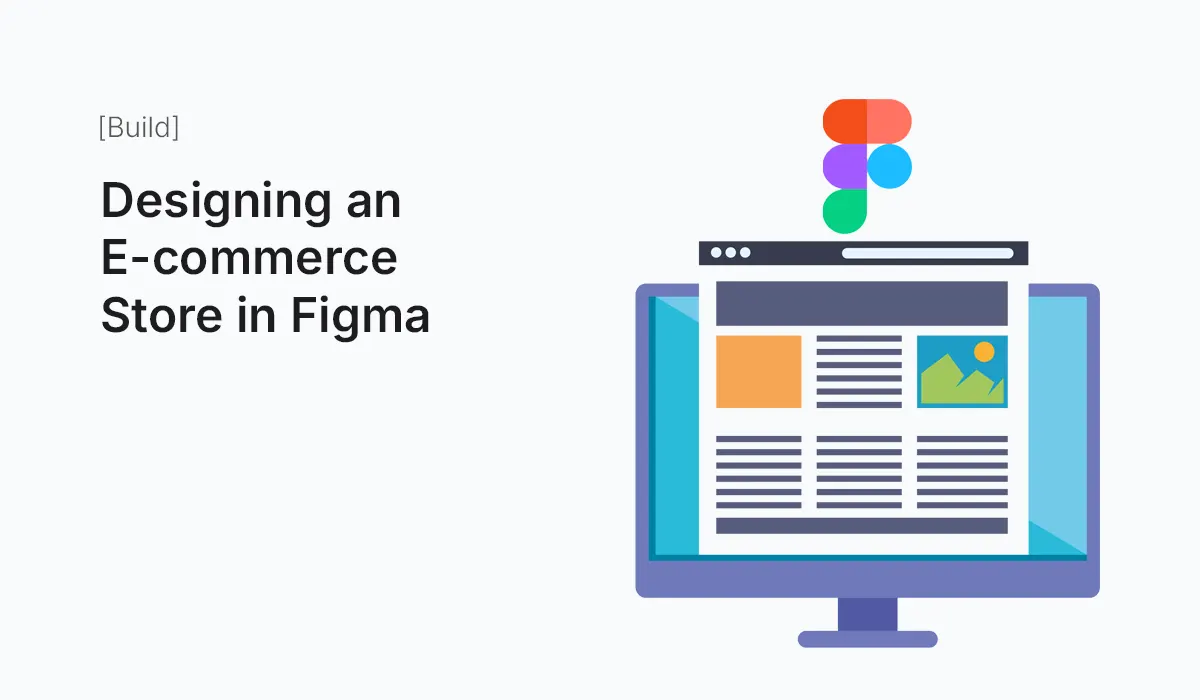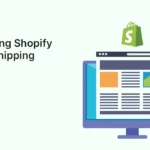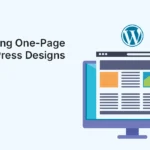Introduction
In today’s digital-first marketplace, e-commerce stores need more than just functionality—they must be visually engaging, user-friendly, and conversion-focused. With the rise of platforms like Shopify, WooCommerce, and custom apps, businesses need modern designs that set them apart. This is where Figma comes in.
As a collaborative design tool, Figma empowers designers to create pixel-perfect e-commerce experiences, from wireframes to prototypes, without switching platforms. In this guide, we’ll dive into how to design an e-commerce store in Figma, covering essential elements, best practices, and tips to create high-performing online stores.
Why Use Figma for E-commerce Store Design?
- Cross-Platform Flexibility
Works in the browser, desktop, or mobile app—accessible anywhere. - Real-Time Collaboration
Teams, clients, and developers can review designs live. - Component Libraries
Reuse product cards, buttons, and navigation bars across pages. - Prototyping Without Code
Bring your e-commerce flows to life with clickable interactions. - Plugins and UI Kits
Thousands of community resources to speed up e-commerce design.
Core Elements of an E-commerce Store in Figma
When designing an e-commerce store, focus on these essential sections:
Homepage Design
- Hero banner showcasing featured products or seasonal sales.
- Product highlights with images and prices.
- Clear CTAs like “Shop Now” or “Explore Collection.”
Product Listing Page (PLP)
- Grid-based product cards with images, names, and prices.
- Filter and sort options (size, color, popularity).
- Quick add-to-cart buttons for faster shopping.
Product Detail Page (PDP)
- High-resolution product images with zoom or carousel.
- Product description, reviews, and ratings.
- Prominent “Add to Cart” and “Buy Now” buttons.
Shopping Cart & Checkout
- Mini-cart accessible from all pages.
- Streamlined checkout with fewer steps.
- Trust signals (SSL badges, secure payment icons).
User Account & Wishlist
- Login and signup flows.
- Wishlist for saving items.
- Order history with tracking details.
Steps to Design an E-commerce Store in Figma
Plan the Structure
- Sketch out your sitemap: Home, Shop, Product Pages, Cart, Checkout.
- Define your design goals: modern, minimal, luxury, or bold.
Set Up Grids & Layouts
- Use an 8px grid system for spacing.
- Define breakpoints for mobile, tablet, and desktop.
Design Components
- Buttons (primary, secondary).
- Navigation bar with logo, menu, and cart.
- Product card variations.
Use Figma Plugins
- Content Reel for placeholder product descriptions.
- Icons8 or Iconify for shopping icons.
- Unsplash Plugin for stock product photography.
Prototype the Flow
- Add interactions: clicking a product opens the detail page.
- Create checkout flow simulations.
- Use Smart Animate for smooth transitions.
Design Tips for E-commerce Stores in Figma
- Focus on Visual Hierarchy
- Hero images grab attention, but CTAs must stand out.
- Keep the UI Clean
- Avoid clutter—highlight products, not excessive elements.
- Use Consistent Branding
- Colors, typography, and button styles should align with the brand.
- Optimize for Mobile First
- More than 70% of e-commerce traffic comes from mobile.
- Accessibility Matters
- Use high-contrast text and alt text for product images.
Example E-commerce Store Designs in Figma
- Fashion Store UI: Minimal product grid, bold CTAs, trendy typography.
- Electronics Shop: Dark theme with high-tech vibes, feature-rich product pages.
- Grocery Delivery App: Bright colors, fast cart access, and intuitive filters.
- Luxury Brand Store: Elegant fonts, black-and-white palette, immersive product images.
Benefits of Prototyping E-commerce in Figma
- Client Presentation: Show realistic shopping experiences without coding.
- Developer Handoff: Inspect mode provides CSS snippets and assets.
- Testing Flows: Identify UX issues early with interactive prototypes.
Conclusion
Designing an e-commerce store in Figma gives you the tools to create user-friendly, creative, and high-converting online stores. From homepage layouts to checkout flows, Figma’s flexibility, plugins, and prototyping make it the perfect design tool for e-commerce.
Take your first step in building a high-converting online shop—start Designing an E-commerce Store in Figma today and turn ideas into stunning shopping experiences.






